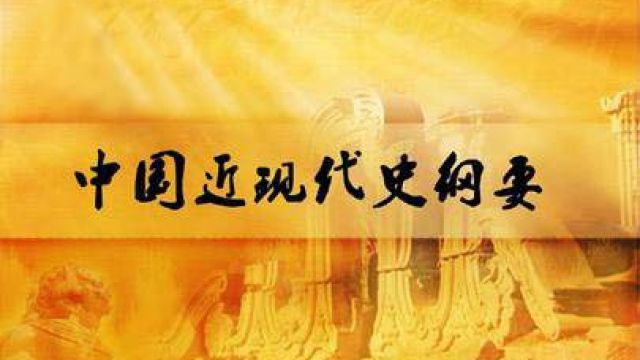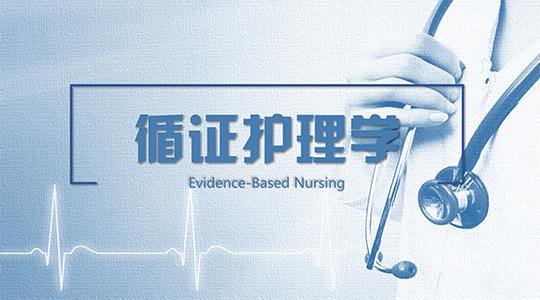
当前课程知识点:Methodology of Scientific Research > Lecture 10 Researchers and Research Factors > Section 10.3 Research Relationship and Incentive Mechanism > 10.3.2 Typical Research Relation
返回《Methodology of Scientific Research》慕课在线视频课程列表
返回《Methodology of Scientific Research》慕课在线视频列表
下面我们来谈谈典型的科研关系
首先
研究者需要处理好职业与爱好的关系
研究者除了自己的研究领域之外
还应保留一定的业余爱好
这对调节工作节奏很有益
大多数研究者如果连续工作时间过长
就会丧失头脑的清醒和独立性
这时就需要娱乐和变换兴趣
以防止工作单一
导致思维迟钝和智力闭塞
其次
研究者需要处理好自信与固执的关系
谦虚谨慎
值得提倡
求实务真应予以坚持
某些研究者因其性格特异
给人留下固执的印象
这可能与其对科学追求的痴迷程度有关
对科学研究的与深入
研究者的经历就越集中
对周围事物的感悟经历就越少
对此应给予理解
同时研究者需要处理好独处与协作的关系
充分认识协作的重要作用
努力融入课题组
在协作中互相取长补短
不断提高自己的研究水平
保持课题组在该领域的研究水平
是深入开展课题研究
并取得高水平研究成果
所必须坚持的基本方向和行为准则
然后研究者需要处理好目的与结果的关系
目的的制定
因客观条件而异
也与研究者自身的因素相关
对研究结果的追求也要以平常心对待
年轻的研究者
应该尽早懂得科学研究的成果来之不易
要想获得成功
必须要有耐力和勇气
要有忍受挫折
战胜失败并从中奋起的决心和毅力
再则
研究者需要处理好科研与教学的关系
对教师而言
教学应该有科研作为支撑
要把科研工作中的一些成果及时的转化为教学新内容
这对开拓学生的思路
培养学生的研究能力
进而提高教学质量是非常有益的
科研带动教学
教学对科研也有相当的促进作用
最后
研究者需要处理好科研与行政的关系
科研与行政在时间上具有冲突性
为了延续科研生命
必须牺牲额外的休息及娱乐时间
对于一个善于组织协调的双肩挑研究者
可以调动起课题组内外各种积极因素
并使之形成研究合力
但其为取得研究成果而付出的代价是相当大的
-Section 1.1 Basic Concepts of Scientific Research
--1.1.1 Basic Concepts of Research
-Section 1.2 General Procedure of Scientific Research
--1.2.3 Process of Natural Science
--1.2.4 Process of Social Science
--1.2.5 Process of Technologial Science
-Section 1.3 How to Prepare for Scientific Research
--1.3.1 Motivation of Research
-Test-Lecture #1
-Section 2.1 Types and Sources of Research Project
-Section 2.2 Principles and Methods of Topic Selection
--2.2.1 Principle of Topic Selection
--2.2.2 Methods of Topic Selection
--2.2.3 Procedure and Strategy of Topic Selection
-Section 2.3 Information Collection of Project
--2.3.1 Type, Collection and Search of Information
-Test-Lecture #2
-Section 3.1 Typical Research Methods
--3.1.1 Level of Research Method
--3.1.2 Concept of Research Method
--3.1.3 Typical Research Methods
-Section 3.2 Typical Thinking Modes
--3.2.1 Thinking and its Characteristics
--3.2.2 General Innovative Thinking
--3.2.3 Typical Thinking Modes
-Section 3.3 Analysis of Research Cases
--3.3.1 Question Description and Concept
--3.3.2 Three-Level Theory of Problem
--3.3.3 Train of Question Consciousness
-Test-Lecture #3
-Section 4.1 Research-oriented Scientific Design
--4.1.1 General Scientific Design
--4.1.3 Example of Research Design
--4.1.4 Other kinds of Research Design
-Section 4.2 Experimental Scientific Research Design
--4.2.4 Example of Experimental Design
-Section 4.3 Application-oriented Scientific Design
--4.3.1 Basic Concepts and Significance
--4.3.3 Example of Applied Design
--4.3.4 Train of Research Skills
-Test-Lecture #4
-Section 5.1 Initial Entry into the Research Group
--5.1.2 Consider Research Outline
-Section 5.2 Analysis of Scientific Research Cases
--5.2.1 Example of Correct Topic Selection
--5.2.2 Example of Team Cooperation
--5.2.3 Test of Non-invasive PDM
-Section 5.3 Research-based Learning and Research
--5.3.1 Overview of Research Learning
--5.3.2 Research-based Learning
--5.3.3 Research Train for Undergraduates
-Test-Lecture #5
-Section 6.1 Scientific Research Strategy and Tactics
--6.1.1 Strategy in Research Work
--6.1.2 Tactics in Research Work
--6.1.3 Research Group and Management
-Section 6.2 Scientific Research Tactful Operation
--6.2.3 Typical Research Planning
-Section 6.3 Discrimination of Research Obstruction
--6.3.2 Origin of Research Obstruction
--6.3.3 Case of Research Obstruction
--6.3.4 Strategy to Remove Obstruction
-Test-Lecture #6
-Section 7.1 Research Papers and Writing
--7.1.2 Writing Research Paper
-Section 7.2 Rules for Submission and Publication
--7.2.1 Preparing for Contribution
--7.2.2 Process of Publication
--7.2.3 Strategy of Contribution
-Section 7.3 Examples and Analysis of Paper
--7.3.1 Basic Structure of Paper
--7.3.3 Introduction, Main Content and Conclusion
-Test-Lecture #7
-Section 8.1 Introduction of Invention and Creation
--8.1.1 Generality of Invention
--8.1.2 Principle of Invention
--8.1.3 Risk and Protection of Invention
-Section 8.2 Patent Types and Applications
--8.2.1 Characteristics and Types of Patent
--8.2.3 Process of Applying Patent
-Section 8.3 Patent Examples and Analysis
--8.3.1 Example of Invention Patent
--8.3.2 Example of Utility Model Patent
--8.3.3 Example of Design Patent
-Test-Lecture #8
-Section 9.1 Characteristics, Types and Titles of Academic Conferences
--9.1.1 Characteristisc of Academic Conference
--9.1.2 Types of Academic Conference
--9.1.3 Title of Academic Conference
-Section 9.2 Basic Elements and Report Types of Academic Conferences
--9.2.1 Basic Elements of Conference
--9.2.2 Types of Conference Report
-Section 9.3 Main Points, Syntax and Summary of Academic Reports
--9.3.1 Writing and Accepting Conference Paper
--9.3.2 Exercise before Reporting
-Test-Lecture #9
-Section 10.1 Character and Type of Researcher
--10.1.1 Basic Moral of Researcher
--10.1.2 Moral Outlook of Researcher
--10.1.3 Talent Type and Innovative Quality
-Section 10.2 Research Ethics and Academic Norms
--10.2.1 Generality of Research Morality
--10.2.3 Monitoring Measure of Research
-Section 10.3 Research Relationship and Incentive Mechanism
--10.3.1 Generality of Research Relation
--10.3.2 Typical Research Relation
--10.3.3 Research Incentive System
-Test-Lecture #10

